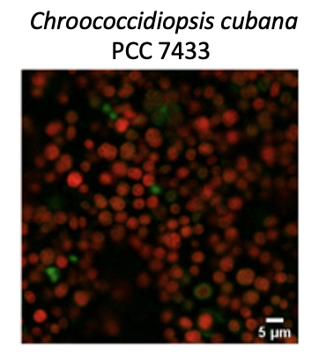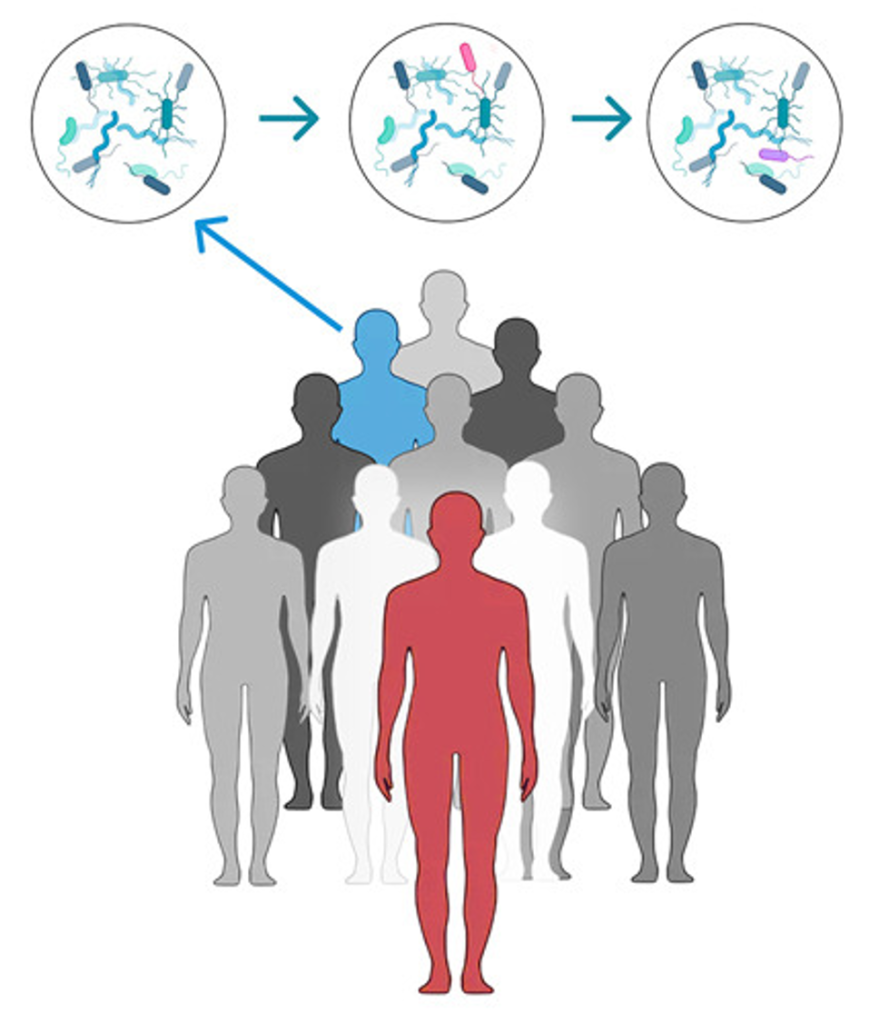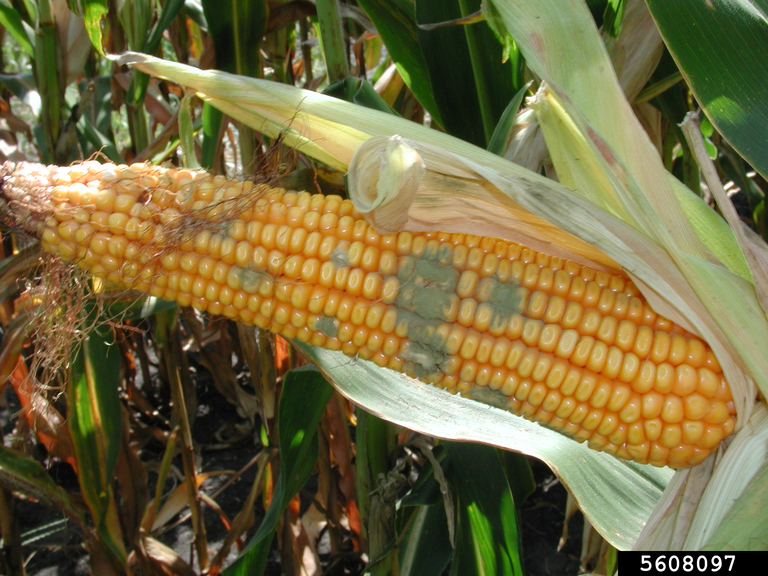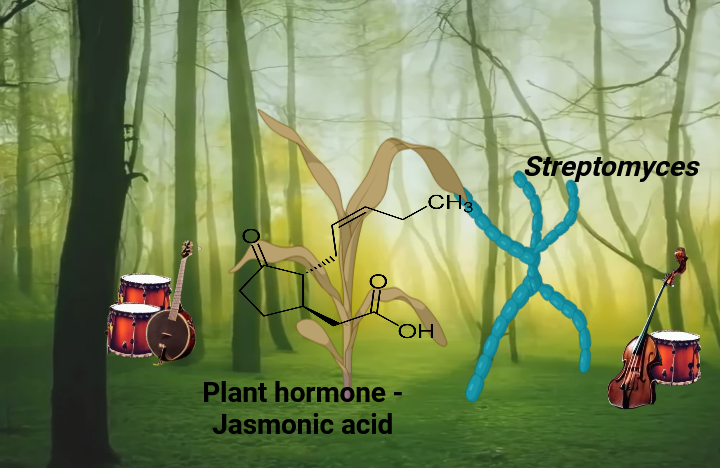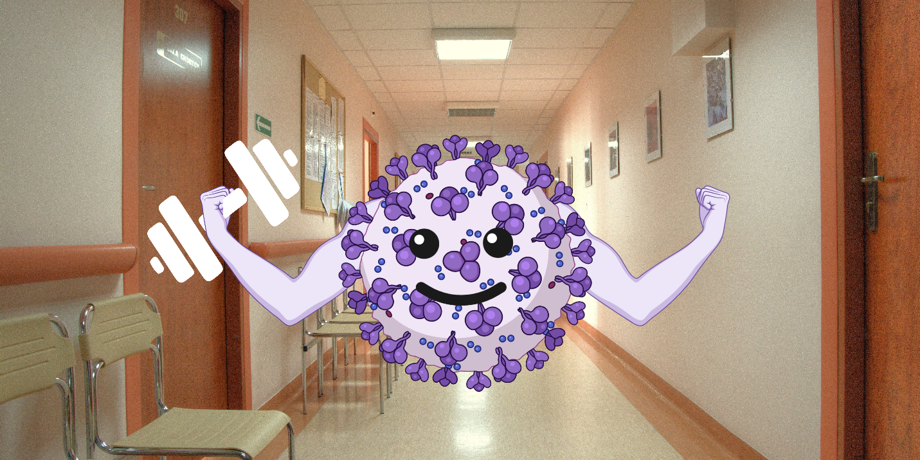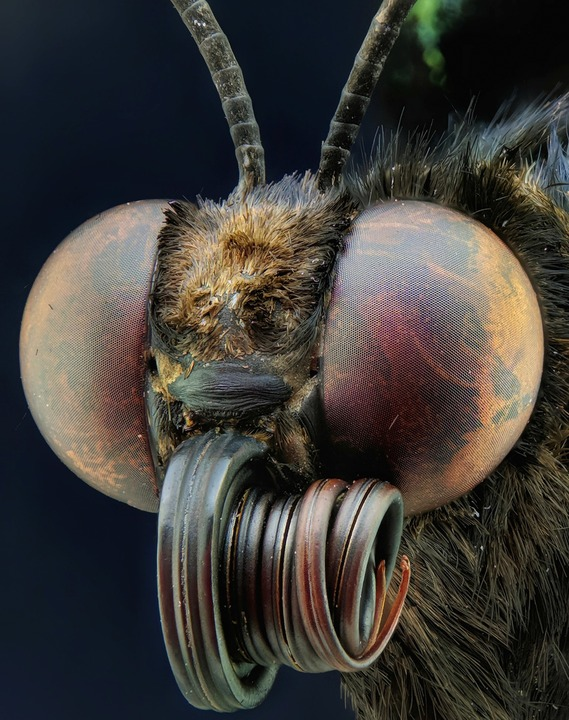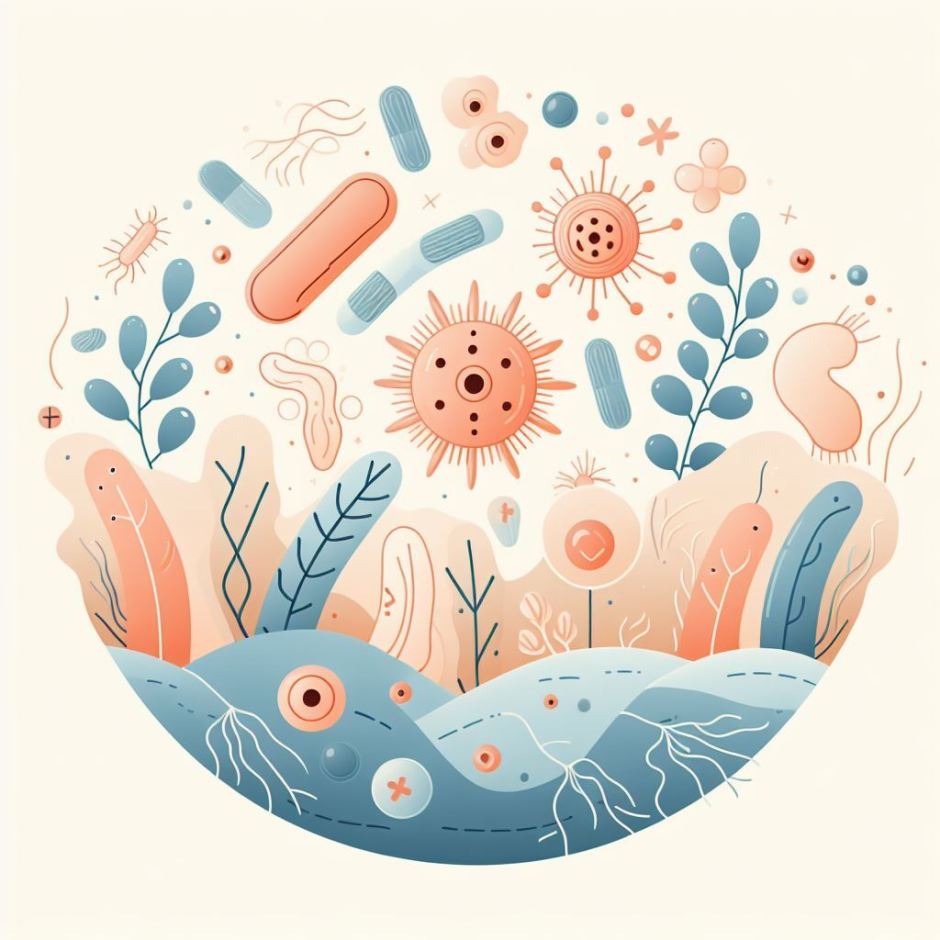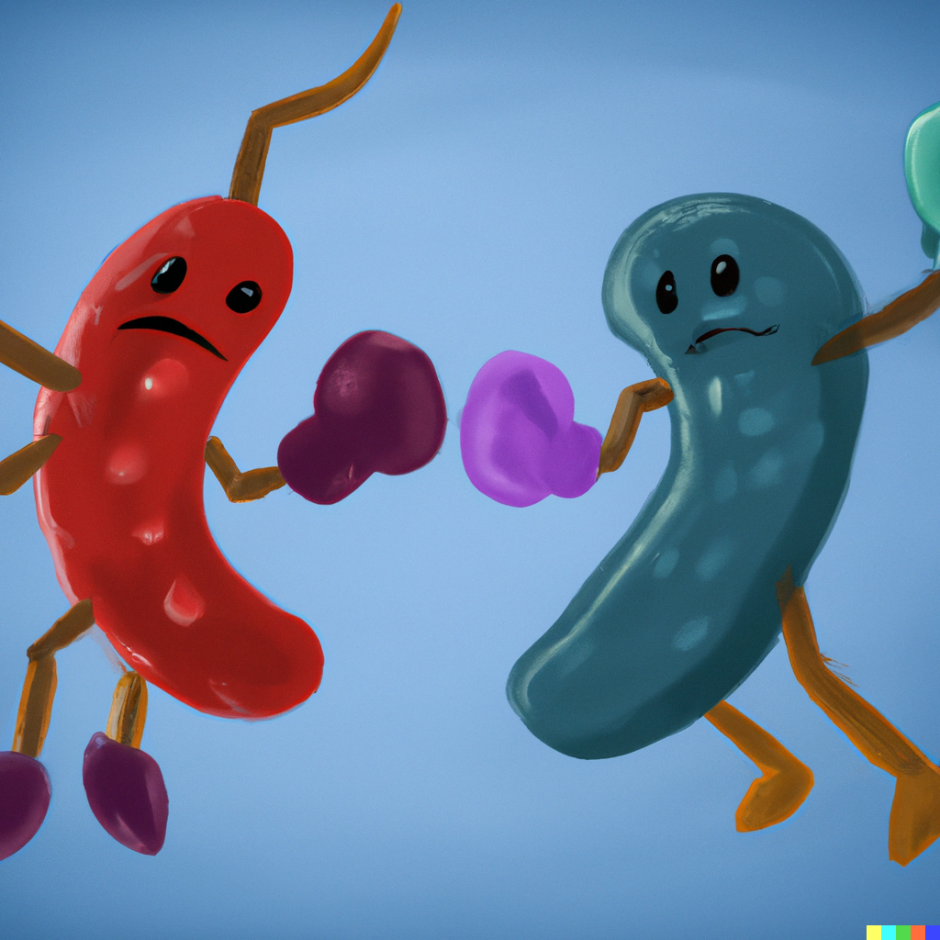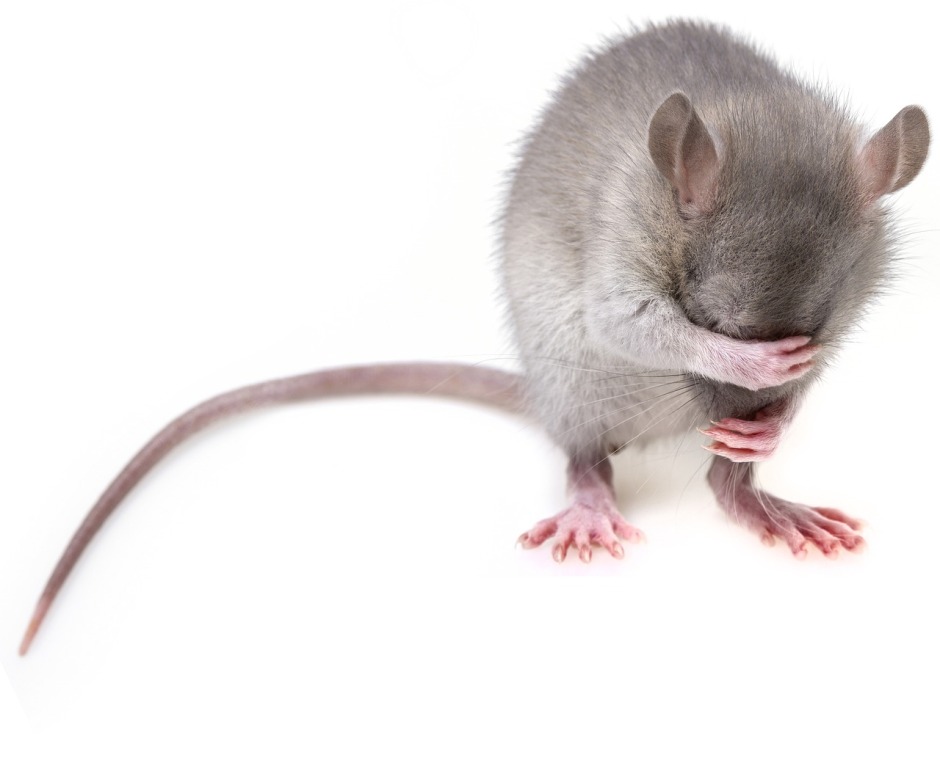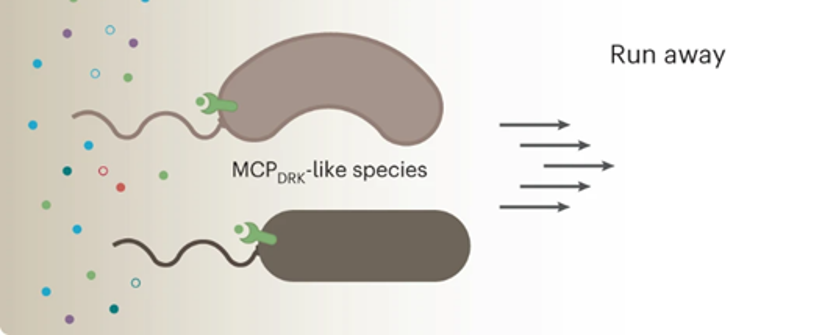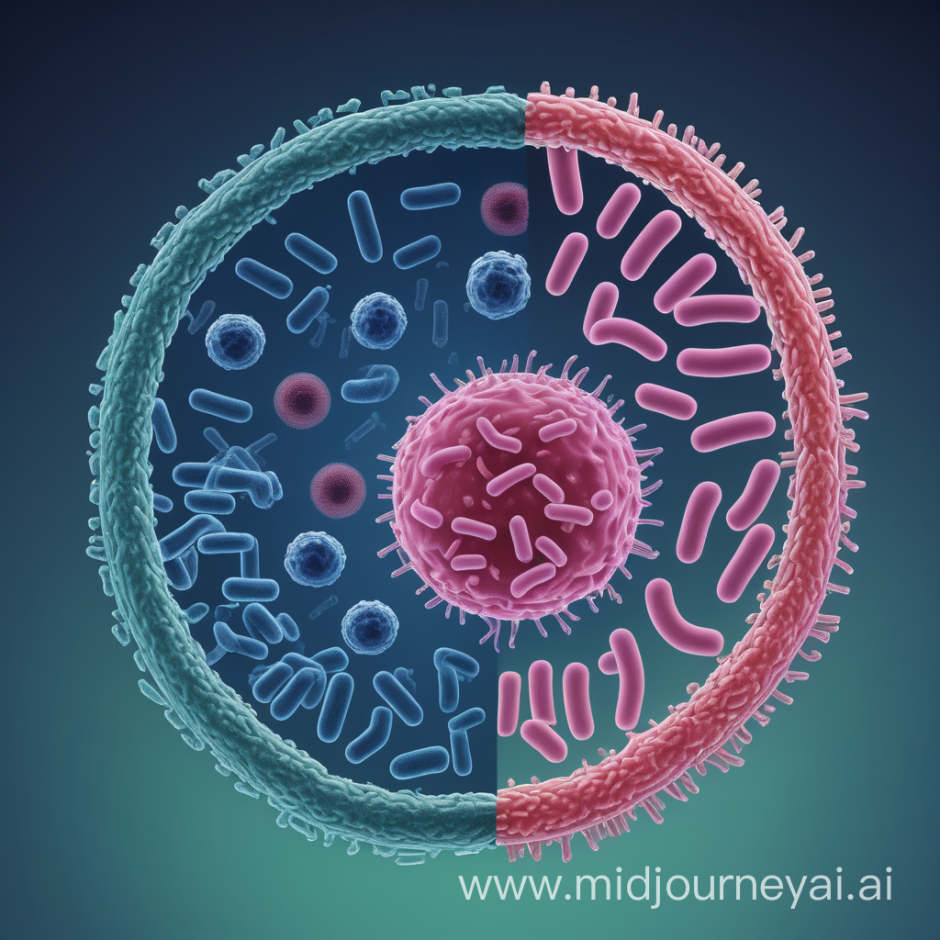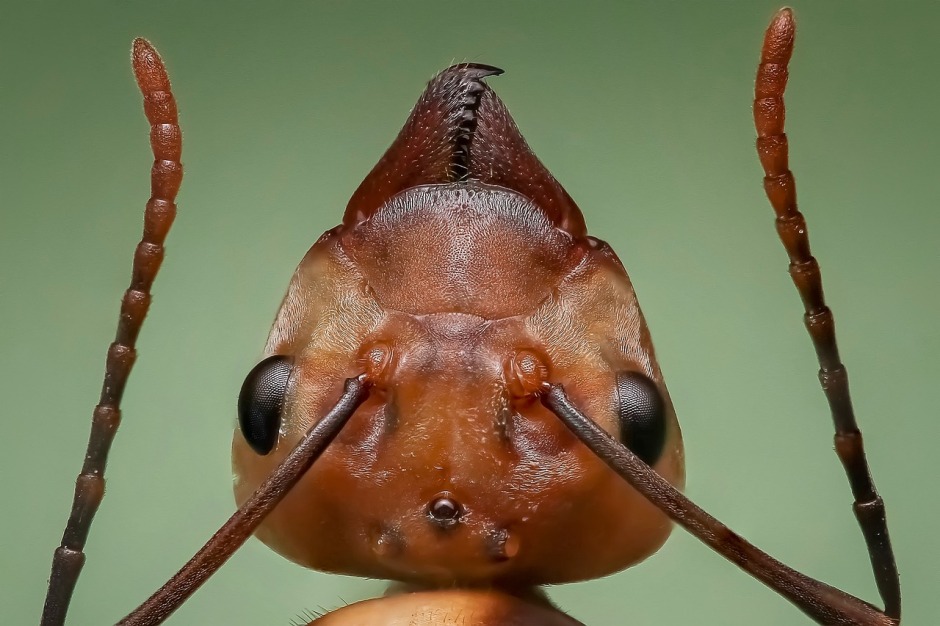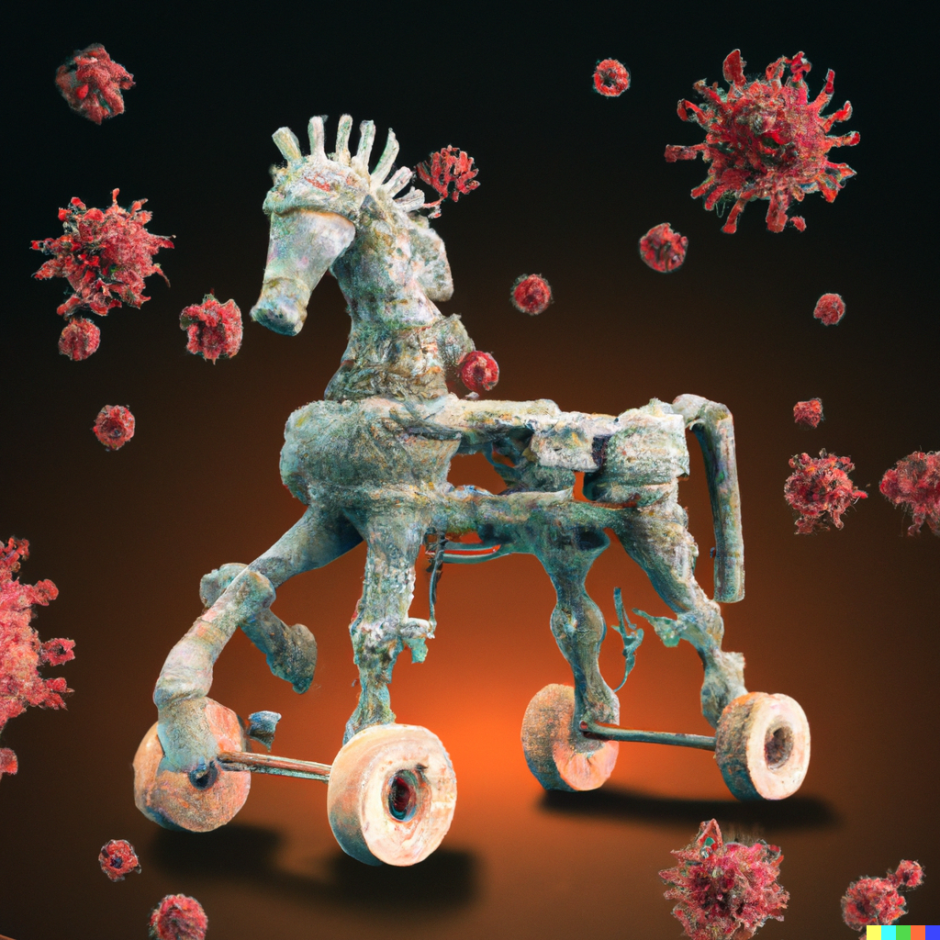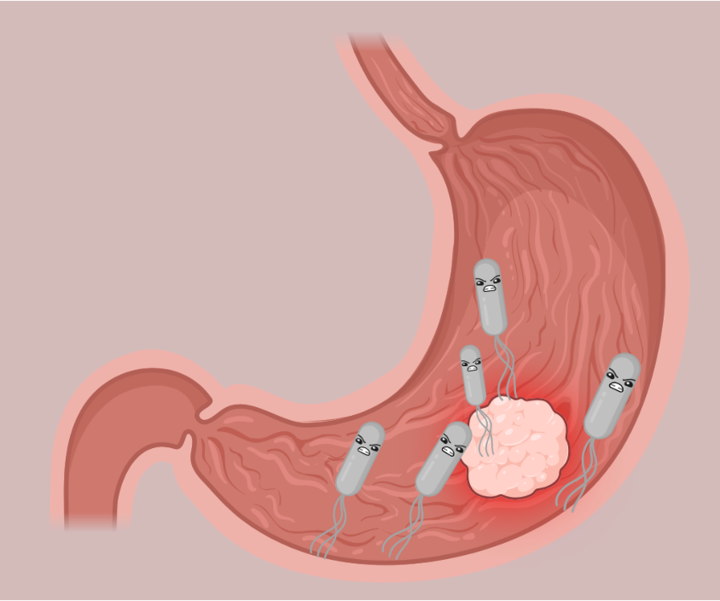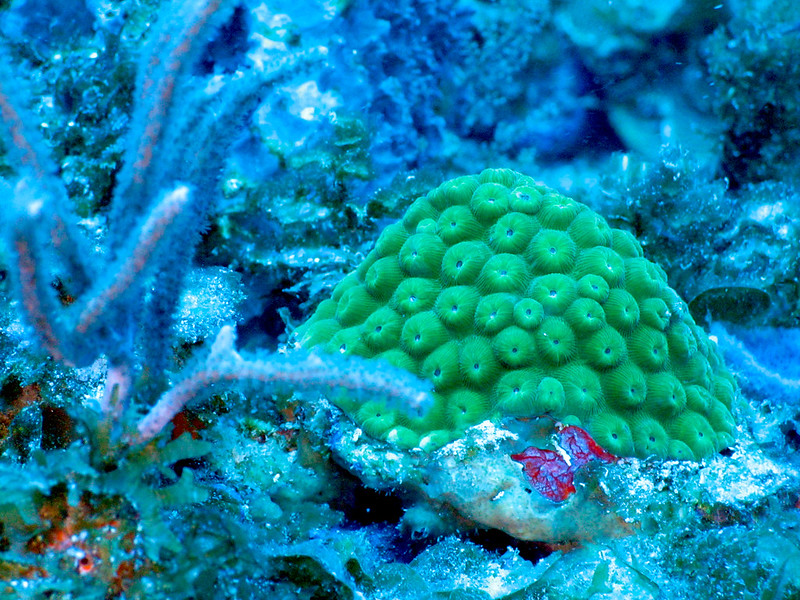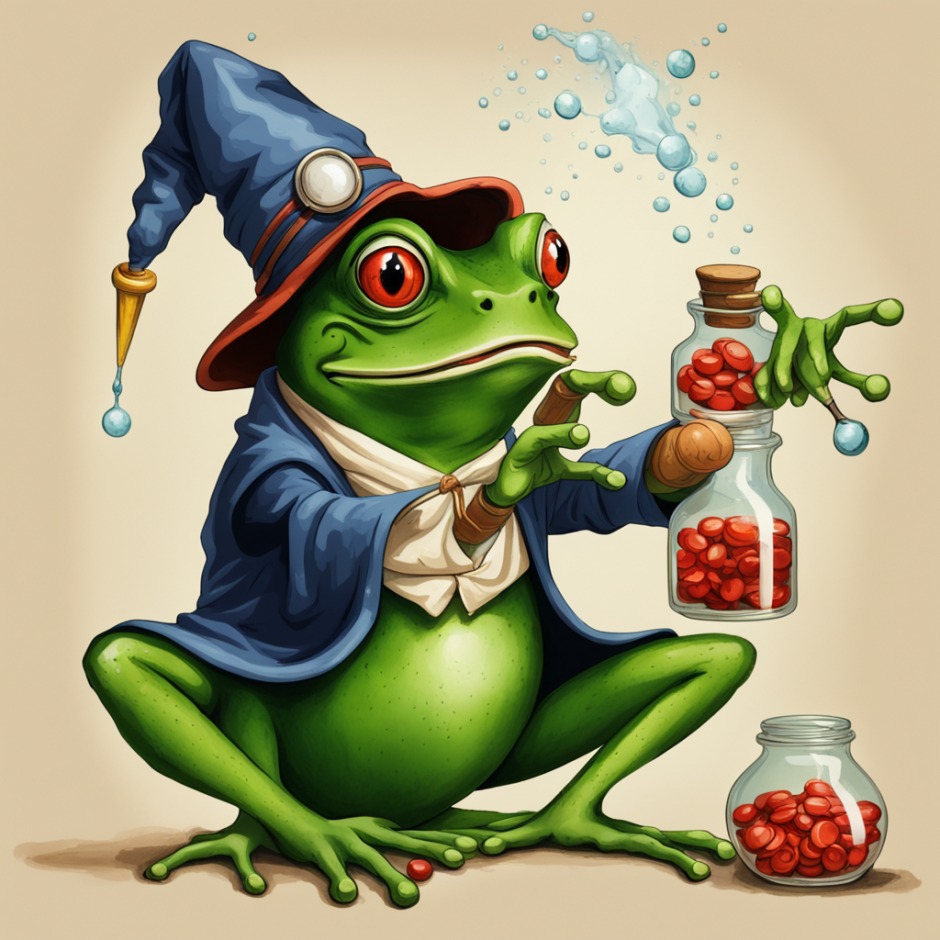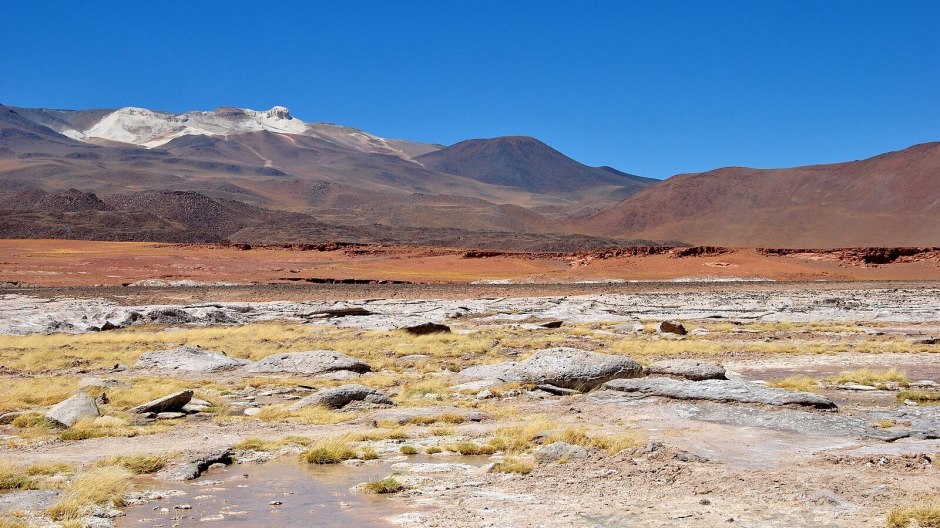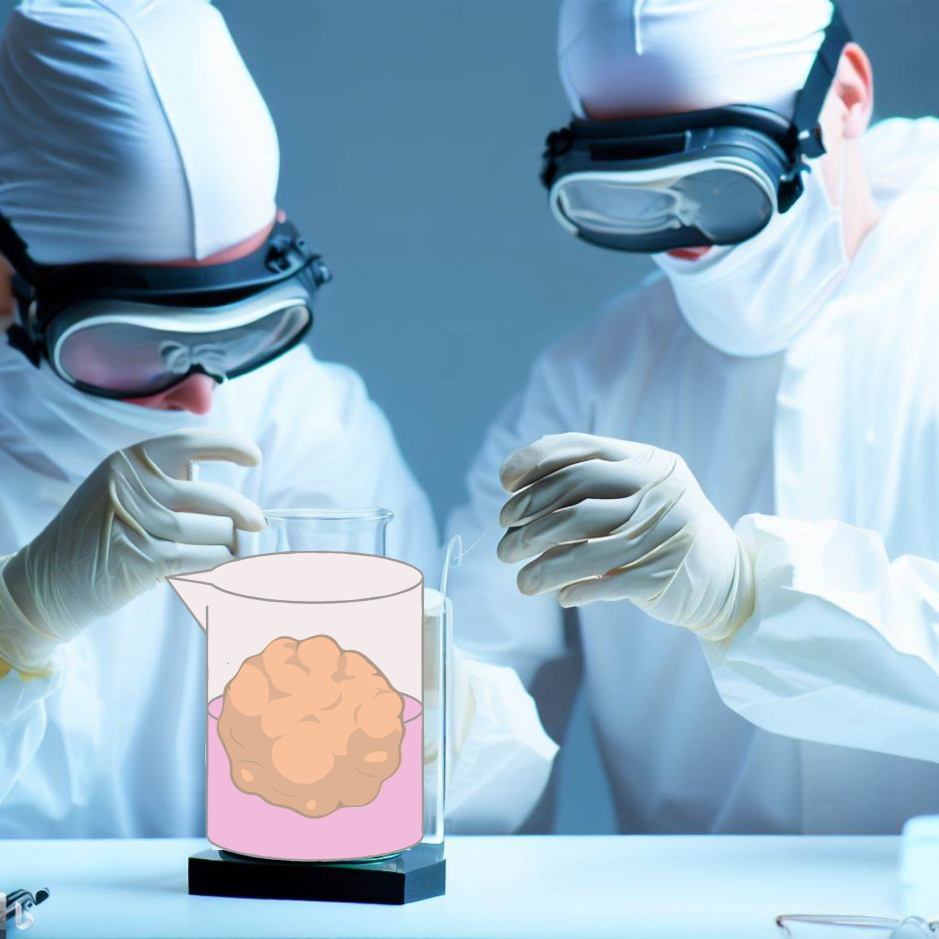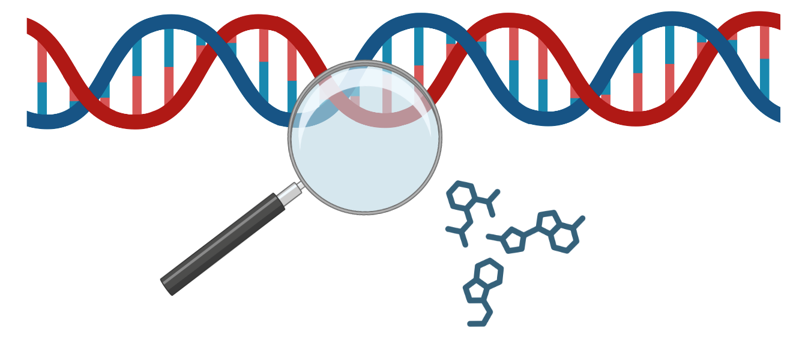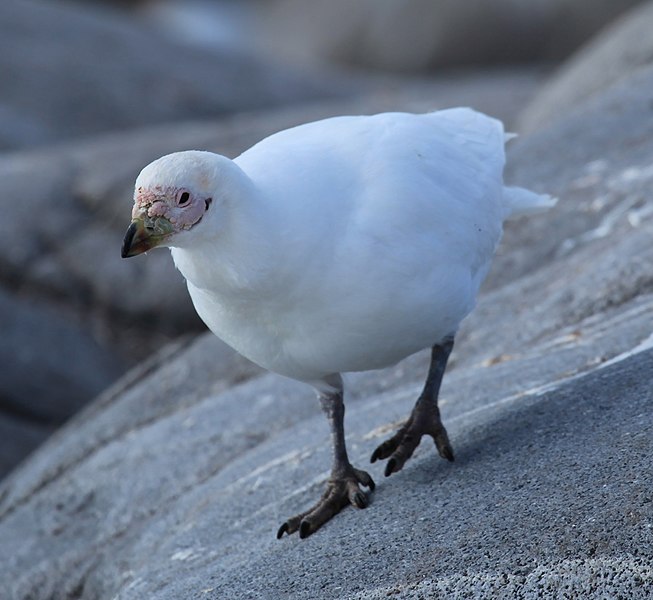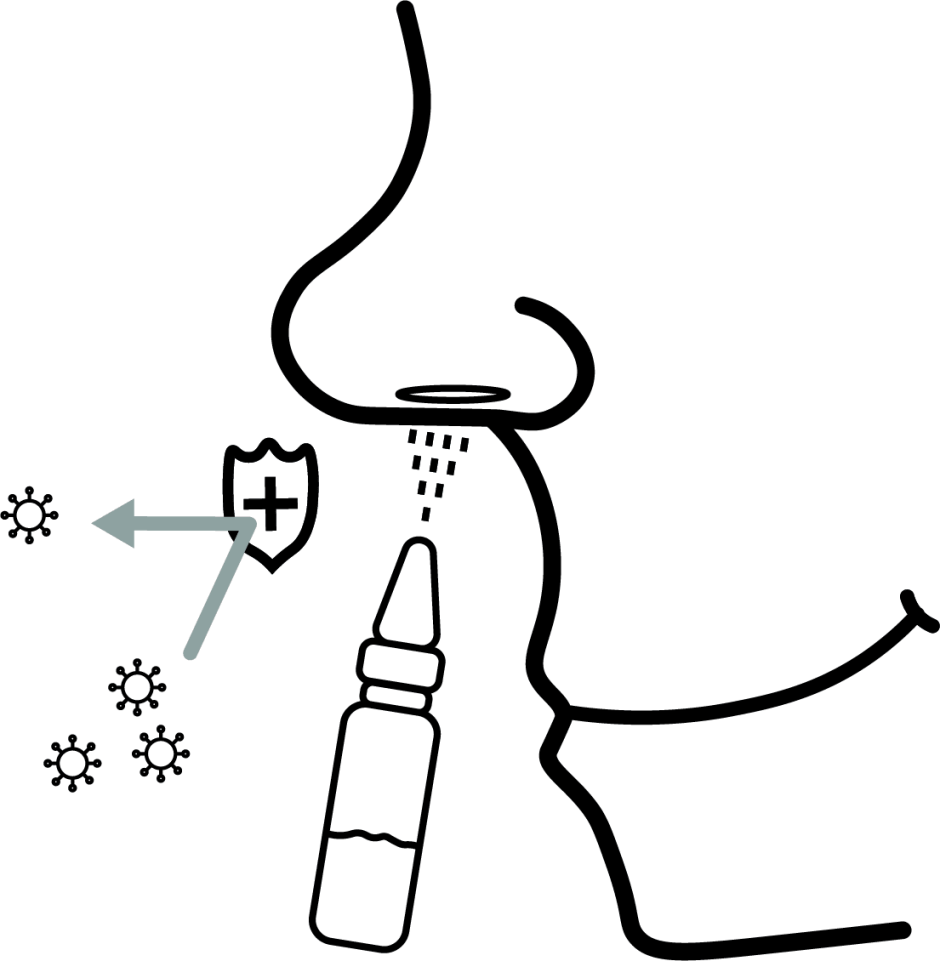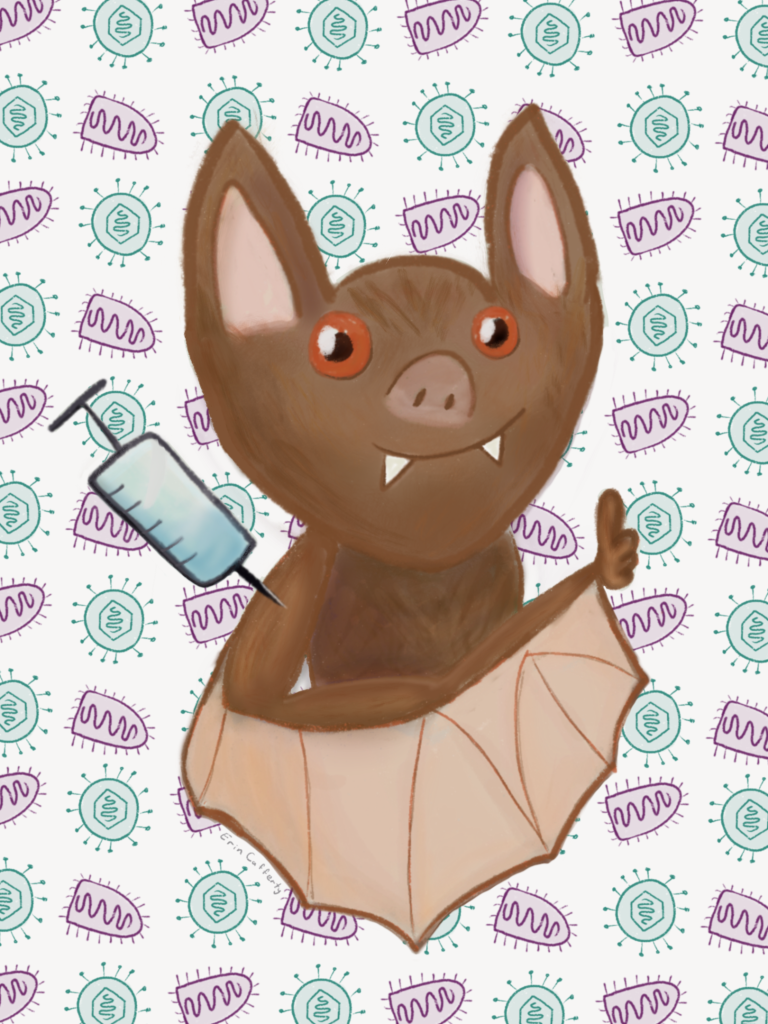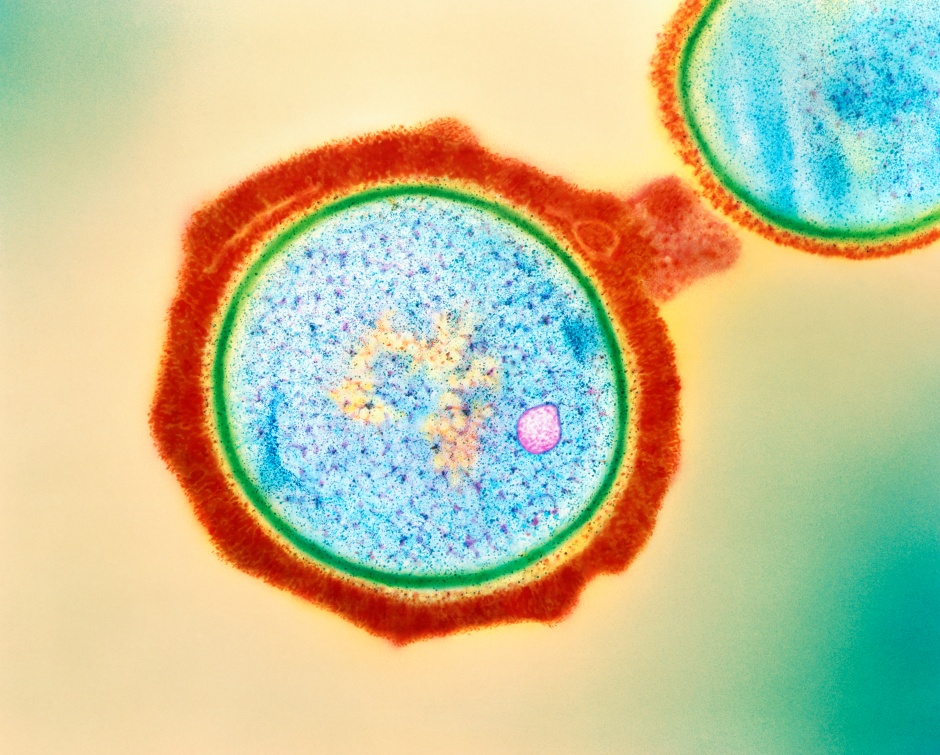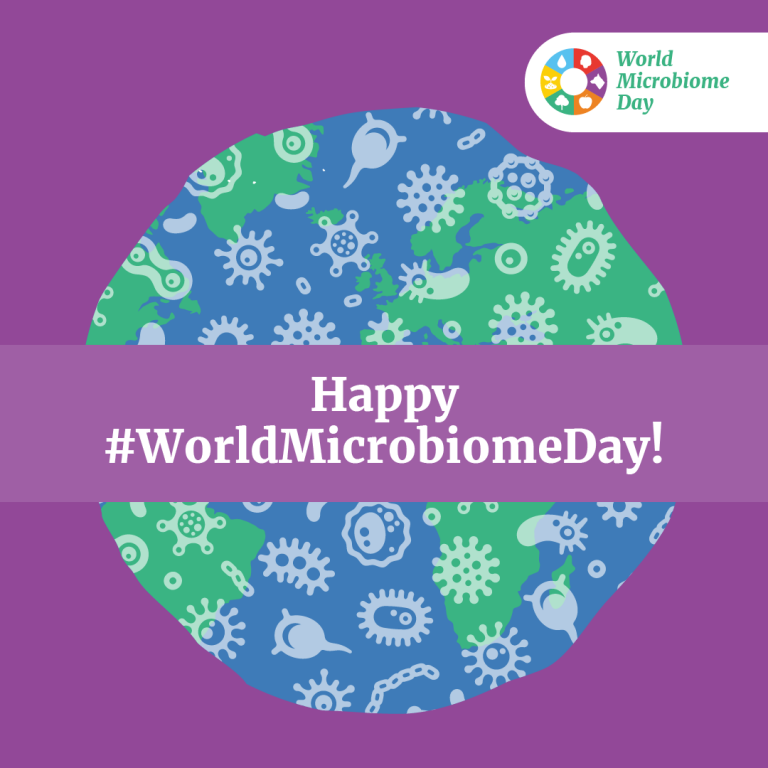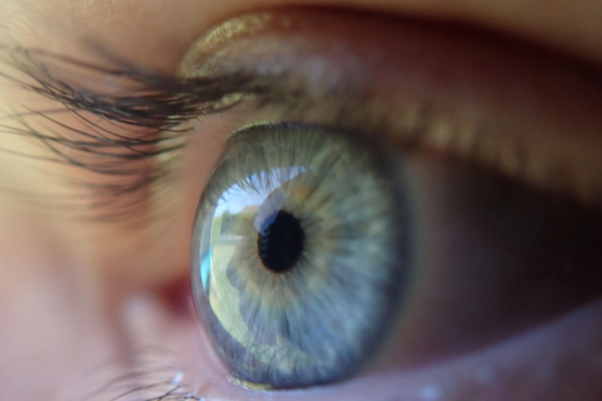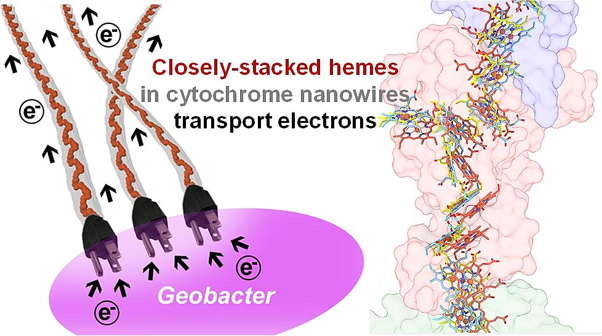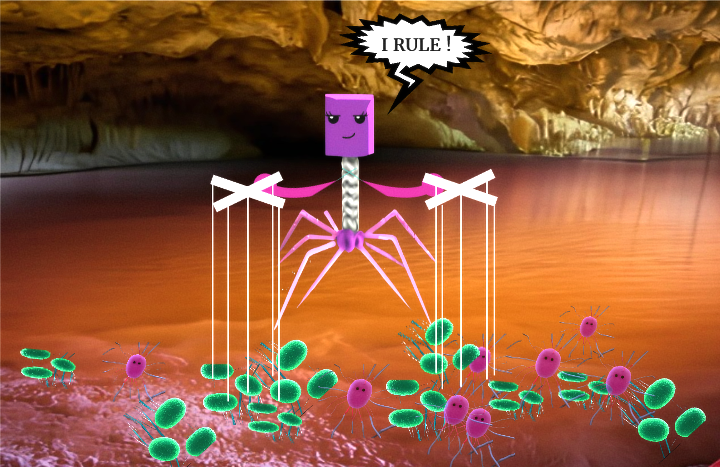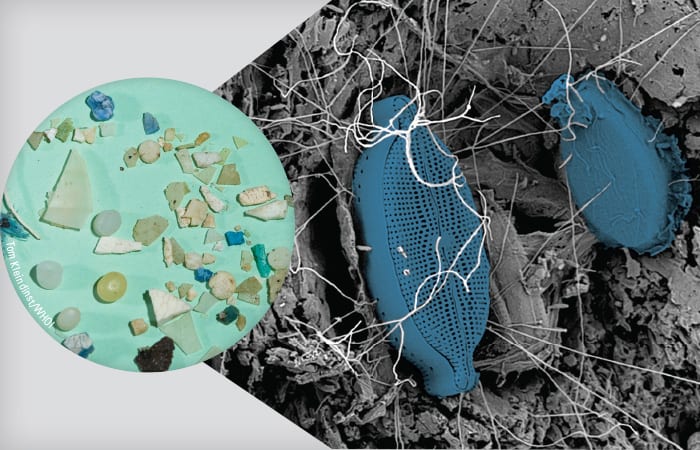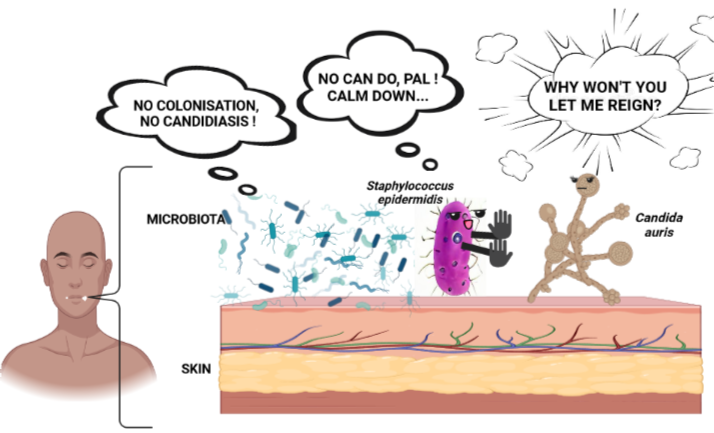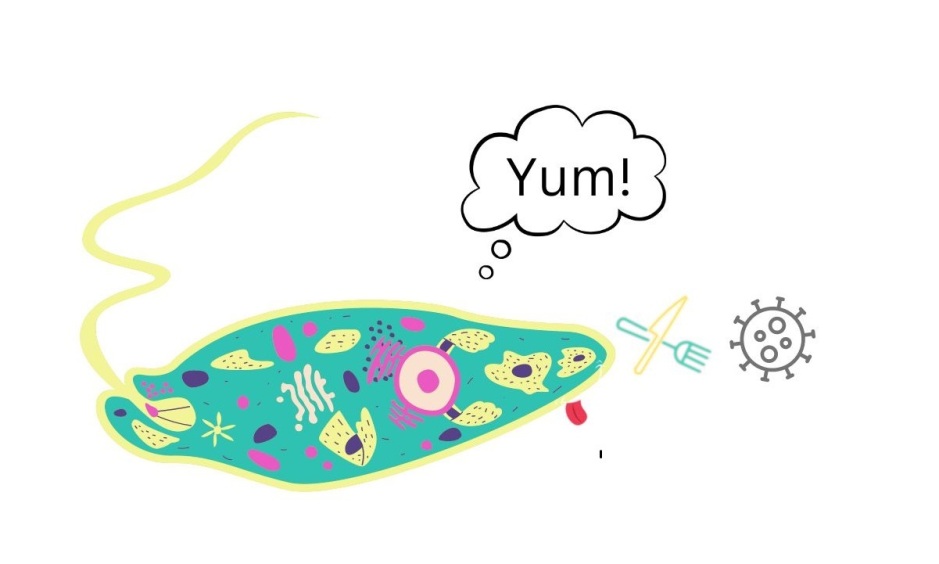
Breaking down the microbiology world one bite at a time
Photosynthetic “Living Paint” Breathes Life into Green Future
What if a microorganism could help us breathe better, on Earth and in space?
Since the industrial revolution, carbon dioxide (CO2) in the atmosphere has increased by 32%. For thousands of years, Earth’s fluctuating atmospheric CO2 never crested 300 parts-per-million (ppm) – but just 160 years of industrial human activity shattered that record. Atmospheric CO2 now measures well past 410 ppm. As a major greenhouse gas, CO2 is recognized as a significant contributor to global warming, a phenomenon which is responsible for more storms of higher intensity; rising sea levels; glacier melts; droughts; extreme temperatures; and other dramatic climate change.
The scientific community has long recognized the existence of climate change and acknowledged humans’ role in it, and for decades have sought solutions. Though the global political wheel has been slower to turn, recent years have seen a striking increase in climate-focused policies. Nevertheless, the Intergovernmental Panel on Climate Change still projects a global average temperature rise of 1.5 C beyond pre-industrial levels by 2030 – a temperature beyond which the climatic extremes wrought by global warming are predicted to severely increase. But, as the problem’s urgency grows, so too does scientists’ creativity in inventing ways to address it.
A recent study published in Microbiology Spectrum confronts the colossal with the microscopic. Researchers recognized the need to develop more carbon sequestration and carbon capture technologies – ways to take CO2 out of the air and either store it to prevent atmospheric buildup, or convert it into something useful. Bio-refineries use microbiology to accomplish this: by growing dense cultures of specific microbes under particular conditions, biofuels and other valued products can be produced. However, bio-refineries have two large shortcomings: one, the unsustainable water use necessary for bacteria cultivation; and two, the risk of phenotypic instability – in which the bacteria, due to rapid, dense growth, mutate until a strain without the bio-refinery’s required substance-making capabilities out-competes the original strain.
Authors of the Microbiology Spectrum paper endeavored to devise a carbon-capturing bio-material that would overcome these challenges, something that used a microorganism to convert atmospheric CO2 into oxygen without water-intensive maintenance requirements – while maintaining the microbes’ population at a level of incrementally slow growth, to lower the risk of phenotypic instability.
Their solution? “Green Living Paint” – a thin, porous, resilient, carbon-capturing biocoating embedded with an extremophile photosynthetic cyanobacteria.
What is biocoating – and how did they make it?
A biocoating utilizes a synthetic polymer material and embeds within it metabolically active, but non-growing, bacteria. After production, the biocoating can be stored or shipped dry, while the bacteria lie dormant. Upon rehydration, the bacteria will revive.
The research group had previously worked out a ratio of polymers to make a “synthetic colloidal polymer” latex material strong enough to make tough biocoatings. A colloid is a mixture of very small particles of one substance that are evenly distributed throughout another substance. The researchers used latex with a relatively high glass transition temperature (Tg), the temperature at which a polymer changes from glass-like hardness to a softer, more flexible state. Using high-Tg latex meant that after production, the final biocoating was rigid and durable at ambient temperatures.
The latex was mixed with nano-scale tubes made of halloysite, a natural clay mineral. Halloysite nanotubes have proven useful in a range of applications, from biopharmaceutical drug delivery to synthetic material reinforcement. Here, mixing latex with halloysite made the biocoating porous enough to sustain cyanobacterial life – allowing in oxygen and other nutrients – without compromising durability. The final result of properly mixing the latex, halloysite nanotubes, and bacteria resulted in a thin, hard, bacteria-embedded biocoating (Figure 1).

Which cyanobacteria, and why?
Cyanobacteria are ancient, photosynthetic, single-celled microorganisms. Their ability to naturally “breathe” in carbon dioxide and “exhale” oxygen – just like trees – as well as their fast growth (rendering straightforward cultivation), ability to survive harsh environments, and the availability of genetic tools to study them, have made cyanobacteria an ideal candidate for use in carbon-capturing biotechnology.
For their biocoating, researchers needed species likely to survive the stressful biocoating production process. They chose three species known for their resilience: one marine (Synechococcus sp. PCC 7002) and one freshwater (Synechocystis sp. PCC 6803) species, both known for high salt tolerance, and one species (Chroococcidiopsis cubana PCC 7433) from an extremophilic bacteria group known for living on rocks and thriving in the face of desiccation and radiation.
Experiments and results:
Researchers measured the hardness of the biocoating and made sure the latex was non-toxic to the bacteria, then used electron microscopy and energy-dispersive X-ray spectroscopy to visualize individual biocoating components and assess the biocoating composition at an elemental level, respectively. Once these tests confirmed that their biocoatings consisted of the right components in the proper ratios, they examined their biocoatings with confocal laser scanning microscopy. In regular light, chlorophyll pigments reflect green light and thus appear green; however, under the microscope’s lasers, chlorophyll naturally fluoresces red. Researchers observed that most of the cyanobacteria in their biocoatings glowed red under the microscope, confirming that they retained their pigments (Figure 2).

Pigment retention didn’t necessarily equate to viability, though, so researchers next tested how well their cyanobacteria survived the harsh biocoating production process. The marine species had low viability readings, indicating it did not survive the desiccation of biocoating production, while the freshwater species fared only slightly better. Excitingly, the extremophilic cyanobacteria thrived – even after being dried out for a month, it was able to revive after just a week on a fresh growth medium.
Lastly, authors measured biocoatings’ oxygen production over time. Biocoatings with the marine or freshwater species were unable to produce oxygen (which makes sense, since they were mostly dead). Meanwhile, the extremophile cyanobacteria’s biocoating exhibited significant oxygen production. At its height, this Chroococcidiopsis cubana biocoating was producing up to 0.4g of oxygen per day, per gram of cyanobacterial biomass, all from captured CO2. At 27 days, when they ended their experiment, the Chroococcidiopsis cubana biocoating was still producing oxygen (Figure 3).

Takeaways:
Authors of the paper emphasize that photosynthetic biocoatings like theirs could have wide-ranging applications – beyond climate change, and even beyond Earth, potentially serving as a way to regenerate breathable air on space stations. Beyond this, mere development of a carbon-capturing, oxygen-producing “Living Green Paint” embodies an exciting step forward towards a future of mitigated climate change, as well as towards scientific endeavors that further infuse creative biotechnology with Earth’s remarkable microbes.
Link to the original post: Krings, S., Chen, Y., Keddie, J. L., & Hingley-Wilson, S. (2023). Oxygen evolution from extremophilic cyanobacteria confined in hard biocoatings. Microbiology Spectrum, 11(5). https://doi.org/10.1128/SPECTRUM.01870-23
Featured image: Krings et al., 2023
